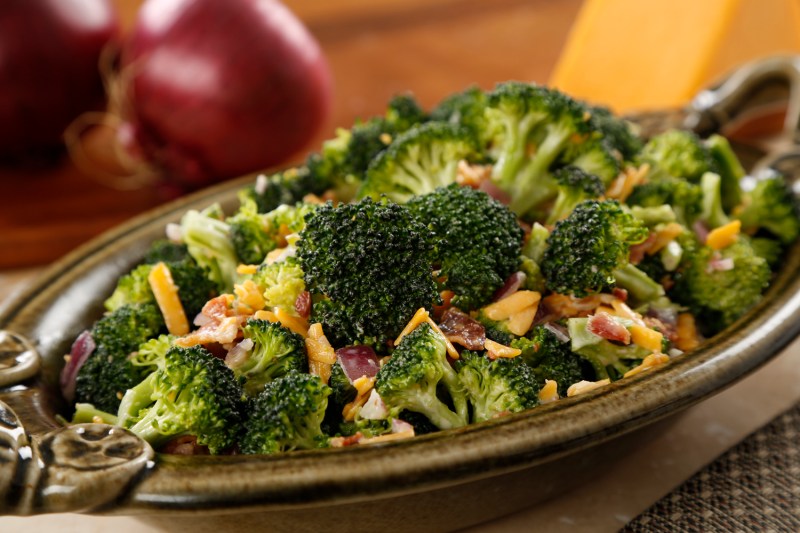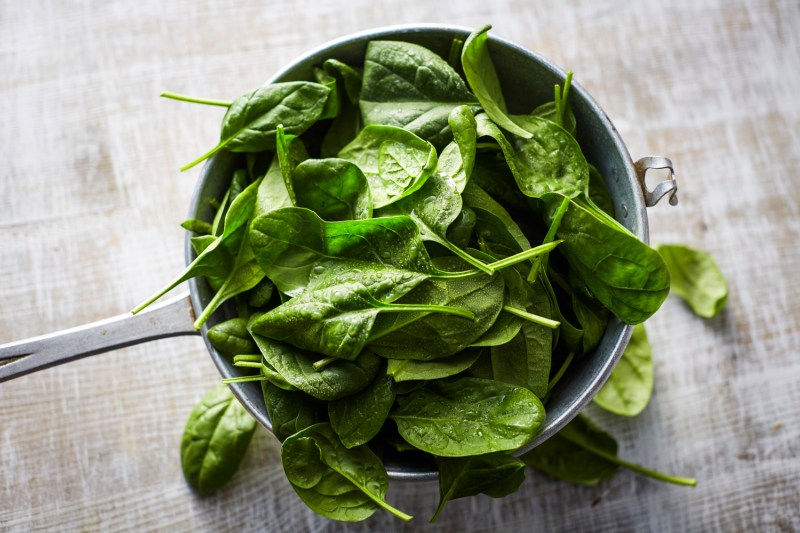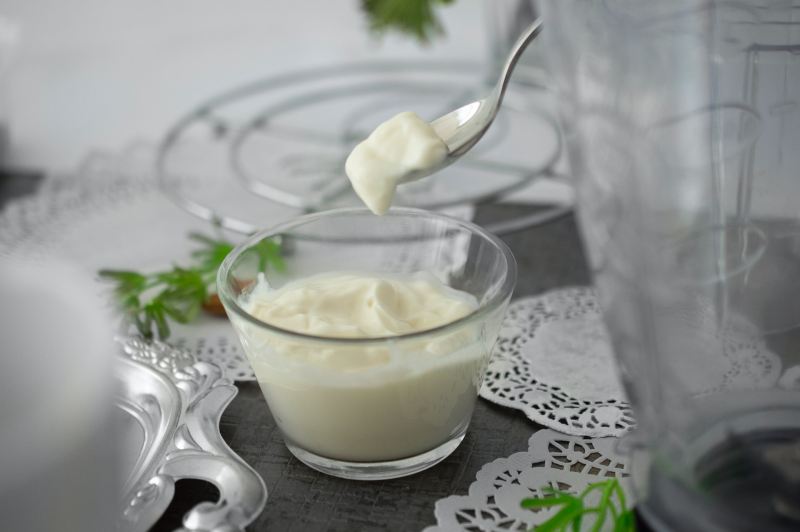Are you looking to improve your health but don’t know what changes to make to your meal plan? Dieting has consistently been a strategy that people have used for years to lose weight and build muscle. Unfortunately, not all methods are realistic, as many overly restrict foods and aren’t designed to help you keep the weight off long term.
This is where the paleo diet may come in for you. So, what is the paleo diet? Keep reading to learn how to follow this dieting method, the pros and cons, and what foods are allowed to see if it could be right for you.
What is the paleo diet?

There’s a lot of information out there on the paleo diet, and a lot of people interpret it to their own liking. According to thepaleodiet.com, which happens to be founded by Dr. Cordain himself, “When you get down to the basics, it’s just eating a lot of vegetables, fruits, lean meats, fish, eggs, and some nuts and seeds — what you find at your local farmer’s market.” It tends to be higher on the protein side, with lots of fresh fruit and vegetable varieties included as well.
Why does the diet work?

According to Dr. Cordain’s research, this way of eating is how we as humans have evolved over time and what our prehistoric ancestors ate and adapted to. It flips the script on the recent standard of the Western diet, where almost everything is easily accessible, prepackaged, convenient, and processed. As a result, the worldwide obesity rate has nearly tripled since 1975, with 13% of adults suffering from obesity as of 2016.
By eliminating processed foods and inflammatory-triggering foods, we can reduce things like chronic body inflammation and other comorbidities like high blood pressure, heart disease, diabetes, hypertension, and more. Though the paleo diet has evolved throughout the years, and subcategories of the diet have branched off, let’s take a look at some of the typical foods to include and avoid while on the diet.
Foods to eat on the paleo diet

- Vegetables: Broccoli, kale, spinach, lettuce, cucumbers, squash, carrots, peppers, etc.
- Fruit: Berries (blue, black, straw, rasp), bananas, oranges, apples, avocados, etc.
- Animal by-products: beef, fish, chicken, pork, lamb, turkey, eggs, seafood (shrimp, sardines, etc.)
- Nuts/seeds/tubers: Sweet potatoes, potatoes, yams, turnips, pumpkin seeds, almonds, hazelnuts, walnuts, macadamia nuts, etc.
- Miscellaneous: Oils (Olive, coconut, avocado), Salts (sea, Celtic, pink Himalayan), rosemary, turmeric, garlic, curcumin, etc.
- Others: Since the diet has been knocked for lacking things like calcium, others have learned to incorporate things such as full-fat or raw dairy to get some natural calcium
- Full-fat or raw dairy: Butter, milk, cheese, yogurt
- Occasional indulgence: Wine, coffee, teas, and dark chocolate (70% cocoa or higher) are all extremely good antioxidants
Foods to avoid on the paleo diet

- Highly processed foods: Pre-made meals (frozen pizzas), pre-packaged snacks (granola bars), canned foods (fruit and veggies), foods labeled as “low-fat” and or “diet”
- Legumes: Beans, lintels, peas, etc.
- Sugars and syrups: Table sugar, high fructose corn syrup, corn syrup, fruit juices, anything with additional sugar
- Artificial sweeteners: Aspartame, sucralose, saccharin, acesulfame, potassium, etc.
- Grains: Breads, pastas, wheat, barley, etc.
- Vegetable oils: Peanut, sunflower, soybean, grapeseed, safflower, corn, cottonseed, etc.
- Trans fats: Partially hydrogenated or hydrogenated oils
To keep things super simple, if you cannot buy it at your local farmers market, you probably shouldn’t be eating it, especially if those ingredients are made in a factory.
What does a day of eating look like on the paleo diet?

Breakfast: Sweet potato and veggie hash with eggs
- 1 medium sweet potato (cubed) sautéed in avocado oil
- 1/2 cup diced onions and bell peppers
- 2 cups fresh spinach (wilted in the pan)
- 2 fried eggs on top
- Season with salt, pepper, and paprika
Snack: Apple slices with almond butter
- 1 medium apple (sliced)
- 2 tablespoons unsweetened almond butter
Lunch: Grilled chicken salad
- 4-6 ounces grilled chicken breast
- 2-3 cups mixed greens
- 1/4 cup sliced cucumber
- 1/4 cup cherry tomatoes
- 1/4 cup shredded carrots
- 1/4 avocado (sliced)
- Olive oil and balsamic vinegar dressing
Snack: Trail mix
- 1/4 cup raw almonds
- 1/4 cup walnuts
- 2 tablespoons dried unsweetened cranberries or raisins
Dinner: Pan-seared salmon with roasted vegetables
- 6-ounce salmon filet, pan-seared in ghee with lemon juice
- 1 cup roasted Brussels sprouts
- 1/2 cup roasted carrots
- 1/2 cup roasted parsnips
- Roasted veggies seasoned with olive oil, garlic powder, and thyme
Pros of the paleo diet

- Eliminates processed foods: Highly processed foods have been linked to almost every type of health issue, from diabetes to obesity, high blood pressure, etc. Removing those from an individual diet can have positive health improvements.
- Removes added sugars: Again, like processed foods, artificial sweeteners and added sugars are horrible for overall health, and removing them can be extremely beneficial.
- Weight management and weight loss: By removing a lot of key inflammatory food groups, individuals will report great weight loss on the paleo diet.
- Improves health biomarkers:
- Glucose control
- Improved body fat
- Lowers high blood pressure
- Healthy cholesterol levels
Cons of the paleo diet

- Lacks some key vitamins: Diet does not lead to adequate amounts of vitamin D or calcium, which leads many to supplement and add in full-fat or raw dairy products
- No grains: Grains have been shown to be beneficial in those who do not have gluten intolerance and can help with regularity. It’s easy to find gluten-free food products nowadays, either.
- No dairy: Depending on how strict you follow, some who follow paleo say that in order to be true paleo, no dairy should be consumed. However, full-fat and raw dairy products can help provide enough calcium, which is extremely important for bone health as we age.
Our take on the paleo diet

The paleo diet is a great starting place for most people who want a sensible approach to the world of healthier eating habits. While demonizing or eliminating food groups altogether can have its disadvantages, a more appropriate starting place would be something paleo-adjacent. Following the paleo diet while also making sure to consume enough dairy or gluten-free grains, as well as ample carb sources, has been proven very beneficial for overall well-being.




